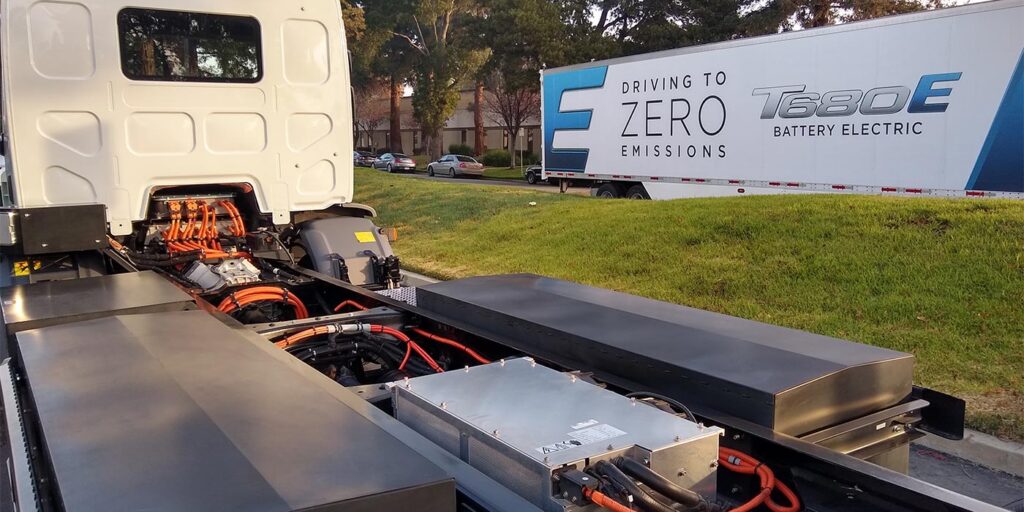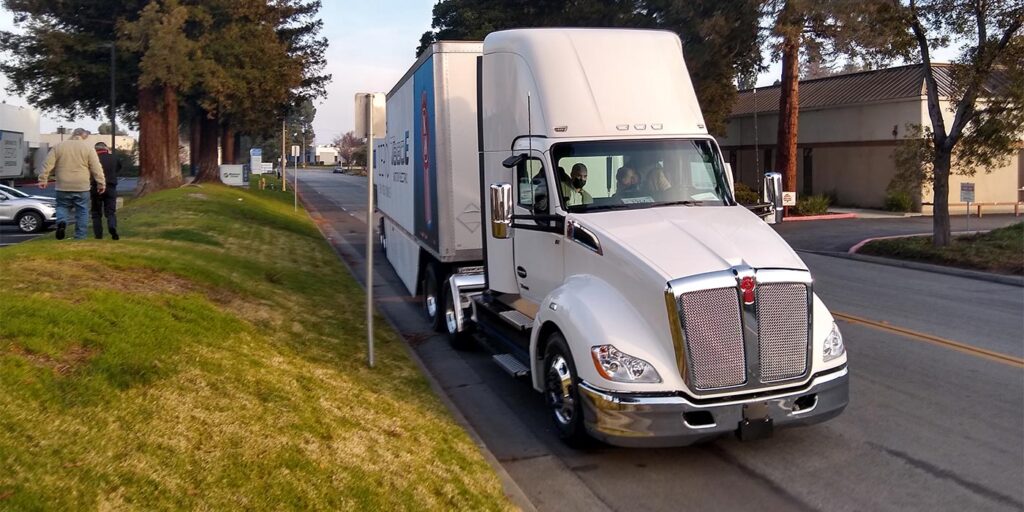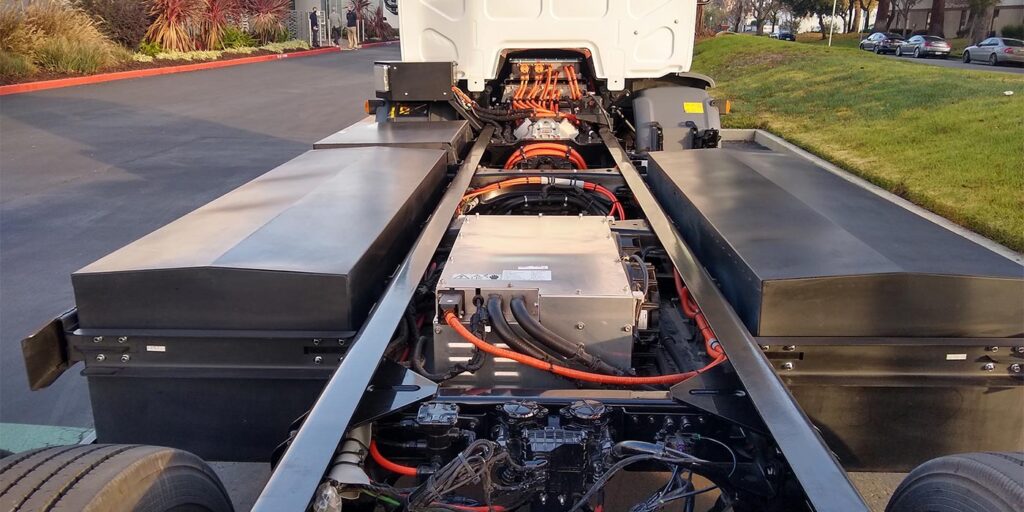Electric trucks are happening. While they gained momentum last year in short route, local delivery applications, it’s clear that first adopters are jumping in and other fleets are getting more serious about adding electric trucks to their rolling arsenal.
“Customers are absolutely telling the OEMs that we need to be moving this way over the next several years,” said Hank Johnson, general sales manager, vocational and medium-duty, Kenworth. “Customers are telling us that they’re getting calls from employees, prospective hires, and from potential customers asking, ‘Are you moving towards zero-emissions fleet?’”
More and more that answer is coming up, “Yes.” Johnson noted that orders of Kenworth electric trucks have accelerated over the past several months. Detractors may say that it’s easy to triple orders when they start at zero, but there’s strong conversation demand to know more about putting electric trucks into application. And the conversations are needed because it’s not like you just buy an electric truck and start running it.
“The process just takes longer,” Johnson noted. “This is a new piece of equipment for these customers to put into their fleet. So, they want to make sure that they are investing properly and that they’re prepared. That’s where our partnership with PACCAR Parts, EnTech and Schneider Electric allows us to design an infrastructure plan to reduce the complexity for our customers. With a plan in place, our electrification team can then create a grant and incentive package to minimize the initial expenses of deploying electric vehicles.”
It’s a learning process on all sides. So much so that Kenworth spent several days in mid-January hosting customers and media at its PACCAR Innovation Center, nestled in the heart of Silicon Valley, and taking its electric truck lineup for a test drive, including the Class 8 T680E and medium-duty K270E cabover. While the electric trucks were certainly the draw, the real action happened in the back of the office where a PACCAR charger was stationed as a demo unit.
“The people that were the busiest were our grant incentive people and our charging teams because the customers know that they need to have detailed conversations to prepare the infrastructure in order to support the fleets that are coming,” said Joe Adams, Kenworth chief engineer, Kenworth. “When they’re talking about doubling their truck orders from a 10 to a 20 electric truck order, they’re going to need enough charging capacity to support that quickly.”
Conversations aplenty, heres a few electrifying tidbits of conversations (puns always intended) I overheard and took part in during my time with Kenworth’s electric truck lineup.

Talking up infrastructure scalability
Fleets talking about electric trucks today need to put in infrastructure with one eye looking at tomorrow.
“One of the things our charging partner, EnTech Solutions, make people aware of is that you can put your toe in and buy one charger, tear up your ground and bring the electricity to your site,” Johnson said. “But, if you’re thinking you might do five, 10, 30, or 50 electric trucks down the line, now might be the best time to make a larger investment.”
“This is really important because you don’t want to trench up your parking lots every year to add one more charger,” Adams added. “Having the experience to be able to work with our customers early on is a big benefit for our customers so that they can understand how to put in place the technology for their particular application and expandability.”
It’s safe to say that infrastructure planning starts now
Electric trucks are exciting. (They really are. Check out our ride-and-drive video to see just how much fun—actual fun—driving an electric truck can be.) But the infrastructure conversation is what brings fleets back down to reality.
“That’s the conversation where you see the lights go on and they say, ‘Oh boy, I need to get going on this. If I’m going to do this, I have to start with chargers. I have to meet my local utilities,’” Johnson said. “Then there are the supply chain issues. Everything takes longer than it did a year ago–whether it’s just getting workers out to upgrade your utility, getting the chargers, the hardware, things like that. You have to start planning six to 12 months in advance.”

Speaking of supply chain, how are these orders impacting diesel production?
Kenworth, like other OEMs bringing electric trucks into the market, are delicately balancing new technology and diesel-driven workhorses that fleets need now. So how does this jive with Kenworth’s production strategy that’s dealing with strained supply chains and trying to catch up to constant demand from fleets for Class 8 trucks?
“Every truck that goes down the line has some number of microprocessors in it,” Adams said. “Electric trucks are trucks that are going into the real world. To us, it’s a truck sale just like any other.”
“We have a variety of manufacturing strategies,” he continued. “The important thing is not to disrupt the assembly process; we’re challenged to get out as many electric trucks as we can without disrupting overall truck assembly. So we have drop-and-go features designed for the EVs, but some of the critical components like batteries and high-voltage systems are finished in an offline contained area.”
Electric truck sales are expanding beyond California
The West Coast is certainly the hot bed for electric truck orders, but Johnson noted that battery electric truck orders have ranged from areas across the United States and even into Canada.
“Our customers are starting to say to us, ‘We have no choice; it might require us to do a real significant shift in how we operate,” he said following up on the earlier comments that fleets are getting questions about their zero-emissions plans. “This is where the market is heading. And whether it’s people or prospective new business for them, they have to be investing in this and learning about this so they can be prepared.”














